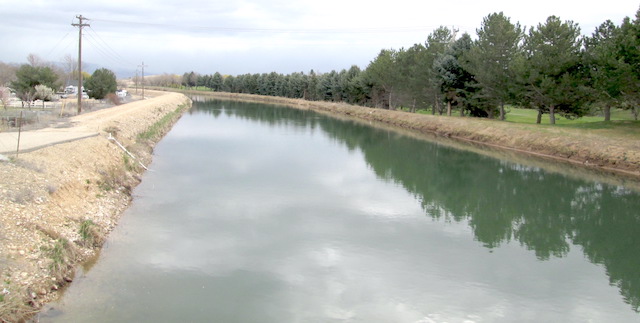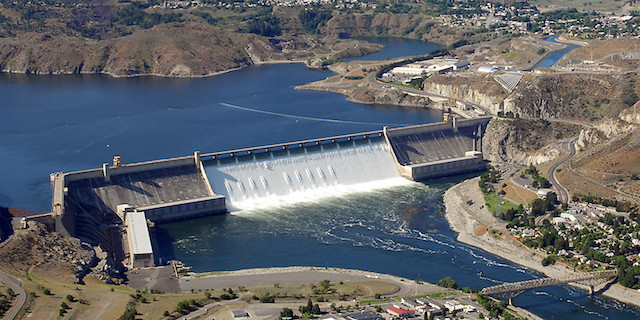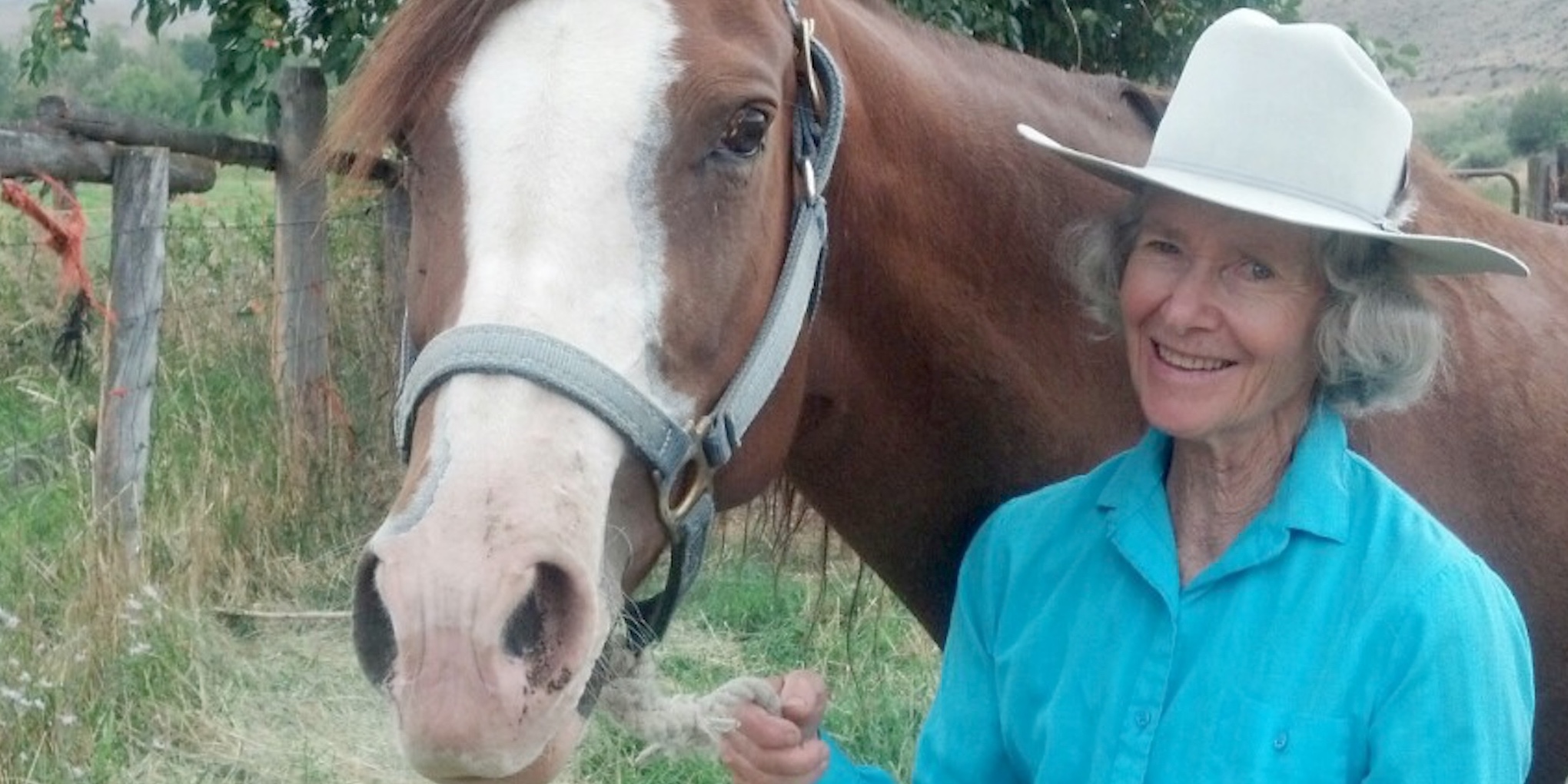Boise irrigation deliveries expected April 10
Published 2:54 pm Tuesday, April 1, 2025

- The Boise Project’s New York Canal in southwest Boise March 31. (Brad Carlson/Capital Press)
The Boise Project Board of Control started filling more than 460 canals and laterals on April 1 ahead of irrigation season.
The project is the U.S. Bureau of Reclamation operating agent for southwest Idaho irrigation districts Boise-Kuna, Big Bend, Nampa & Meridian, New York and Wilder. The project supplies irrigation water to about 165,000 acres in southwest Idaho and eastern Oregon through some 1,500 miles of canals, laterals and drains.
Irrigation deliveries will begin “no earlier than April 10, after the canals have risen to allowable elevations and the water is ready to be delivered,” according to an announcement on the organization’s website.
Trending
The U.S. Bureau of Reclamation and U.S. Army Corps of Engineers in mid-March began flood-control releases from the three Boise River dams: Reclamation-owned Anderson Ranch and Arrowrock and Corps-owned Lucky Peak, which has an irrigation diversion dam at its downstream end.
Above-normal snowpack prompted Reclamation and the Corps in mid-March to release water from the reservoirs to make room for runoff and reduce flood risk. The Boise Project in turn released water from the diversion dam west down the approximately 40-mile New York Canal into Lake Lowell.
Moving water into the lake — this year’s volume is about 1,000 cubic feet per second — can help with flood control in the short term and “can be used later by irrigators rather than running down the river,” said Bob Carter, Boise Project manager.
Lake Lowell in the past has been “drawn down by irrigation demands” late in the season, he said. This year it is hoped that the stored flood-control water can replace, for a time, water that irrigators otherwise would pay for based on a reservoir system allotment.
The Boise Project and its irrigation districts operate on river water rights for as long as natural flow volume exceeds irrigation volume. High snowpack can delay arrival of the “day of allocation” when irrigation volume starts to exceed natural flow and reservoir storage rights are exercised.
Whether this year’s allocation day arrives later than usual is to be determined and is “weather dependent,” Carter said. “The perfect scenario is to have snowmelt come off gradually rather than quickly.”
Trending
As for irrigation deliveries, on April 1, “crews will be out over the next 10 days making sure systems are up and running, and ready for irrigation demand on April 10,” he said.







